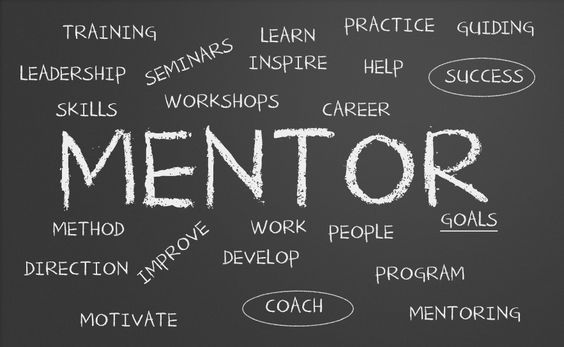Teachers are the cornerstone of our society. They play a crucial role in shaping the future leaders, thinkers, and innovators of our world. But have you ever thought about the magical powers they hold? In this article, we will explore five superpowers that every teacher has.
1. The Power of Empathy
Teachers possess a strong sense of empathy that allows them to understand and connect with their students on a deeper level. This superpower helps teachers identify the strengths, weaknesses, and individual needs of each student. By connecting with students emotionally, teachers can create positive learning experiences and foster a more inclusive classroom environment.
2. The Power of Persuasion
Effective communication is essential to successful teaching, and one critical element is persuasion. Teachers have a unique ability to inspire curiosity in their students and motivate them to participate in class discussions. Whether through storytelling or presenting complex concepts simply, teachers can garner interest in any topic, leading to increased student engagement.
3. The Power of Adaptability
Each year brings a new group of students with different learning styles, backgrounds, and abilities. Teachers quickly adapt to these evolving dynamics and efficiently change their teaching methods when needed. This superpower allows them to accommodate various student needs while ensuring everyone receives an opportunity to learn effectively.
4. The Power of Patience
It is impossible for teachers to achieve instant results from their efforts. The learning process takes time, requiring patience and perseverance on behalf of the teacher. By mastering the art of patience, teachers can create a supportive atmosphere where students can thrive at their own pace without feeling overwhelmed or rushed.
5. The Power of Intuition
A teacher’s intuition is honed through years of experience with countless different students. This superpower enables them to quickly assess situations and identify potential issues before they become problematic. Intuition also helps teachers recognize opportunities for growth or improvement in both individual students and the classroom as a whole.
In conclusion, teachers have an array of remarkable superpowers that contribute to their success in enriching the lives of their students. These traits – empathy, persuasion, adaptability, patience, and intuition – come together to create impactful and meaningful educational experiences. As we continue to appreciate the incredible work that teachers do, let us not forget the superpowers they bring to the table every day.











